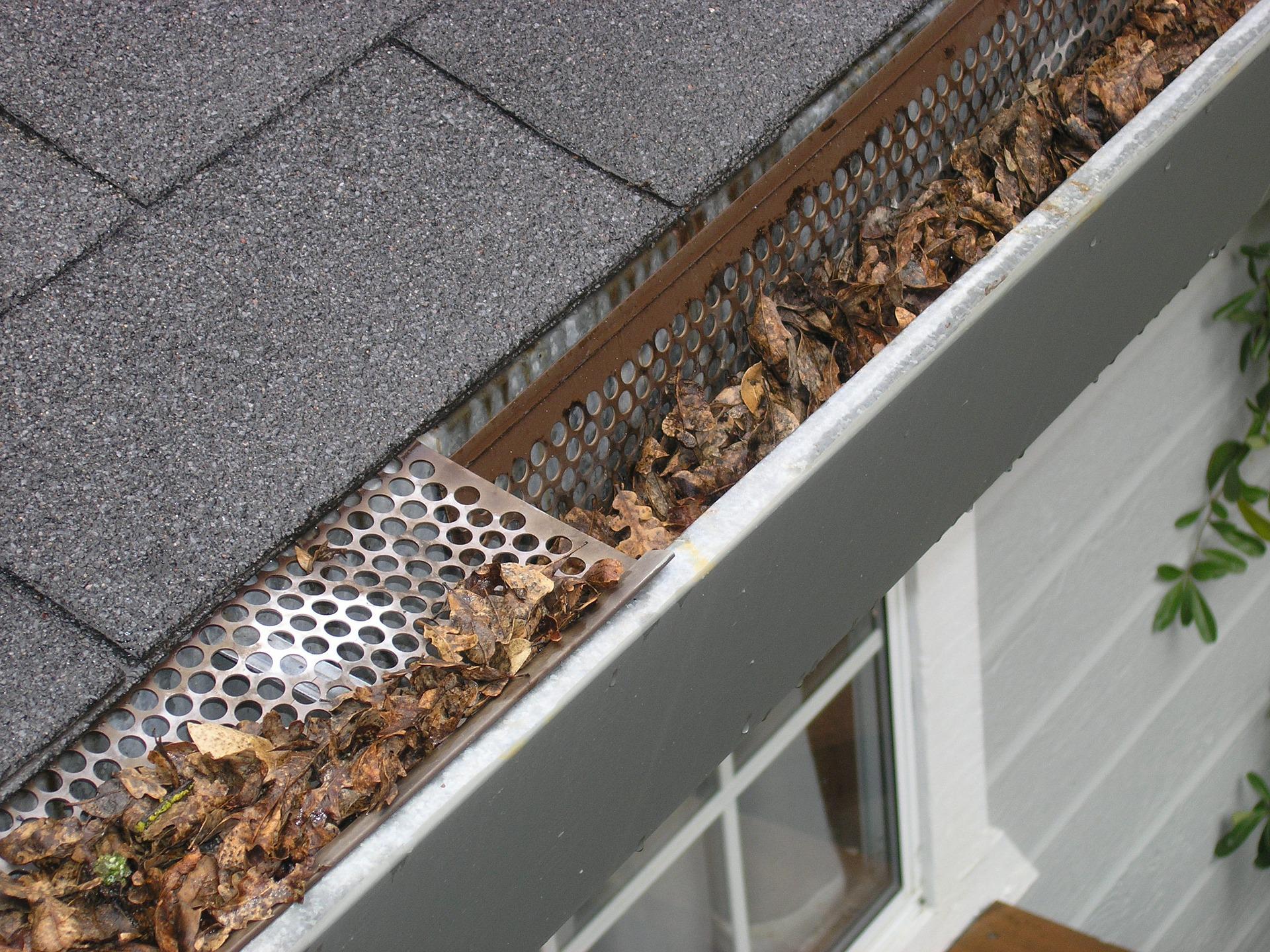How To Protect Your Home From A Flood

If your home sits in a FEMA-designated area of high flooding risk, your lender will probably require you to purchase flood insurance. Flood insurance can help you recoup damages caused by flooding that homeowner’s insurance does not cover.
As a quick reminder, even an inch of floodwater in your home can cause can cause an average of $25,000 in damage, and damage from floodwaters that arise from the ground (overflown riverbanks, burst water mains, runoff due to erosion) are usually not covered by your homeowner’s insurance.
Flood insurance does cover damage from this sort of damage … but that will be slim comfort if you are displaced from your home, priceless keepsakes and valuable belongings ruined. To make matters worse, Federal flood insurance only covers a maximum of $250,000 in structural damage and $100,000 in damage to personal property. Severe flooding could easily do more damage than that.
Forget collecting a check after the damage is already done — is it possible to “flood-proof” a house? Could you end up spending less on flood insurance if you upgraded your home to be less resistant to flooding?
The answer is “yes” — there are concrete steps you can take to make your home more flood-resistant. From the routine to the transformational, here are some flood-resistant upgrades to consider:
Clear Your Gutters Regularly
Perhaps the easiest flood-prevention measure you can execute, clearing debris out of your rain gutters is part of routine home maintenance. If your rain gutters are clogged, heavy rainfall can overflow the gutters and pool at your foundation. If that rain entered through a crack in your roof, it would be covered by homeowner’s insurance; if it overflows your gutters, it’s flooding — and also eminently preventable with a brisk morning’s work.
Point Downspouts Away From Your House
Downspouts are meant to direct water from your gutters away from your house, not towards it. If they aren’t facing the right direction, they could end up directing rainwater to the corners of the house, where it may pool and enter the house as floodwater. Make sure your downspouts point in a direction where the water will flow away from your house. If necessary, install longer downspouts to redirect the rainwater as far away as possible.
Stock Up On Sandbags
One of the simplest, most affordable ways to guard against flooding is to lay in a supply of sandbags. Yes, this requires you to see the flood conditions forming and to be present in your home, available to set the sandbags out. But a stack of well-placed sandbags piled in front of the potential points of entry for flood water can really save your bacon.
Check Your Grading
Check to see if the surfaces around your house are properly graded. This means it is constructed not to be level, but at a slight incline. You want water on your property to flow away from your house due to the effect of gravity — not toward your house and into it. Lawns are typically the easiest to grade, because they are made of soil. Concrete surfaces like the driveway are harder, but necessary since the garage is a key point of floodwater vulnerability for most houses.
Raise Your Appliances
Any appliances that could be damaged by water should be elevated to the point where floodwater will have a harder time penetrating and frying them out. Vulnerable appliances could include washer/dryers, air conditioners, water heaters, and generators. Oftentimes these appliances can be elevated inexpensively on concrete blocks.
Raise Your Electrical Systems
If you have any electrical outlets or switches that sit below the level where floodwaters could potentially rise, consider having an electrician raise them up. Otherwise, you might not just have floodwater to contend with — you might also have to deal with major electrical damage.
Check your Pipe Valves
Have a plumber check to make sure that all pipes coming into your house have gate valves — not flap valves. If they have flap valves, consider replacing them with gate valves. But even flap valves are better than no check valves at all. Otherwise, there’s nothing to prevent sewage from backing up into your home if the sewer system floods.
Apply Coatings and Sealants
Apply water-proof coatings to your walls, doors, windows, and foundation to prevent flood water from penetrating them. This is called “dry flood-proofing.”
Install Foundation Vents
If your foundation has a crawl space, flood water can get in; it needs a way to get out. Installing foundation vents means creating openings at the points of lowest elevation or best grading for the floodwater to leave your foundation and flow harmlessly away from your house, rather than pooling up into it. This is called “wet flood-proofing.”
Install a Sump Pump
If you have a basement, it’s probably the lowest point in the house and the most susceptible to flooding. If there’s no drainage, you have to have a way to get that flood water out of the basement before it has the chance to do more damage. That’s where a sump pump comes in — a mechanical pump capable of siphoning water out of its immediate vicinity, even if that means pumping it to higher ground. Consider a sump pump with a backup battery — flooding can often cause power outages. You don’t want to be left with water in your basement and no way to pump it out.
Raise Your Home On Stilts
This is admittedly a fairly drastic and expensive solution. But if your house was not constructed to endure the kind of flood risk it faces, it is possible to raise the house up on stilts to create a higher elevation for the points of entry. It’s pricey … but flood damage can be even pricier.
——————————————————————————————————
The best defense is a good offense. Homeowners who don’t want to wait for the floodwaters to rise before taking action have a host of choices. From routine maintenance to major renovations, adding several lines of defense against flooding can pay big dividends, in the form of lower flood insurance premiums and peace-of-mind.

